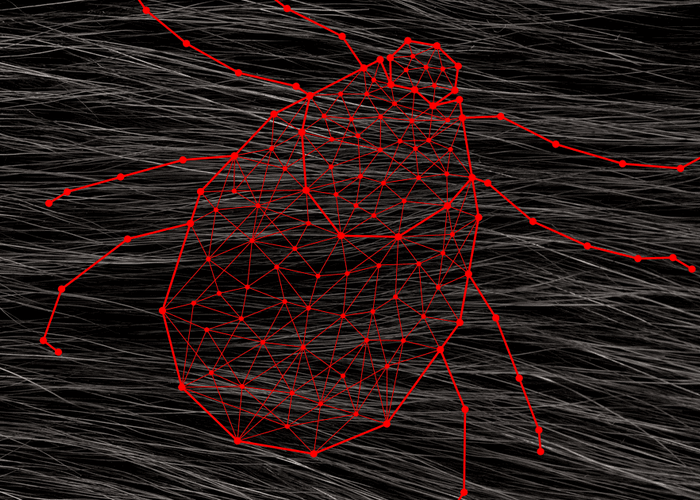

Hyperthyroidism in Cats: How Measuring SDMA Can Help Evaluate Kidney Function
Chronic kidney disease (CKD) and hyperthyroidism are two commonly diagnosed conditions in older cats, with CKD identified in up to 25% of cases of hyperthyroidism in cats even prior to treatment.16 Accurately assessing renal function and severity of CKD in cats with hyperthyroidism is important because early diagnosis and treatment of CKD have a known positive impact on quality of life and survival time. However, it can be difficult to determine the true severity of CKD in a cat with hyperthyroidism because of the varied systemic effects of thyrotoxicosis.16
In the past several years, the introduction of a novel biomarker called symmetric dimethylarginine (SDMA) has proven to be a valuable tool in assessing kidney function. According to the International Renal Interest Society (IRIS) guidelines, in addition to creatinine, SDMA serves as a routine part of a robust evaluation of kidney health not just for cats with hyperthyroidism, but for all cats.
Understanding SDMA
SDMA is SDMA is a sensitive, reliable glomerular filtration rate (GFR) impairment indicator that provides an earlier flag of decline in kidney function. As GFR declines, SDMA increases. SDMA above the reference range can be seen with an average of 40% loss of kidney function and as little as 25% loss. Compare this to creatinine, which does not increase until the loss of approximately 75% of kidney function.2
Since SDMA is not dependent on production by muscle tissue, as a biomarker, SDMA is less affected by decreased muscle mass as well as diet. Therefore, it can offer improved detection for identifying impaired renal function in cats with decreased muscle mass.2
Assessing Kidney Function in Hyperthyroid Cats
With the muscle loss that occurs during hyperthyroidism, decreased creatinine in circulation can occur, causing measurement of the biomarker to stay within reference intervals—even for cats with decreased GFR due to CKD. This can prevent the diagnosis of CKD based on creatinine alone.15 Hyperthyroidism can also mask underlying kidney disease due to increased blood flow to the kidneys.
By measuring SDMA with creatinine and BUN, you can obtain a more accurate representation of kidney function in hyperthyroid cats. In some cats, SDMA can detect early kidney dysfunction even in the presence of normal BUN and creatinine levels, allowing for the identification of cats that may develop azotemic CKD after treatment of hyperthyroidism.31 Understanding if kidney disease is present prior to treatment is foundational in terms of what treatment protocol is chosen, and for informing client conversations and expectations during treatment of hyperthyroidism.
Monitoring CKD During Hyperthyroidism Treatment
Treating hyperthyroidism often results in decreased renal perfusion, decreased GFR, and apparent worsening kidney function in affected cats—by treating the hyperthyroidism we can "unmask" previously undiagnosed CKD.7 SDMA can be an essential tool in monitoring CKD during hyperthyroidism treatment. Regular measurement of SDMA levels—both prior to and during treatment as you continually reassess for CKD presence or progression—will allow you to accurately determine the cat's IRIS stage and therefore determine if additional interventions are necessary to manage kidney disease effectively. In addition, as muscle mass returns with the normalization of thyroid hormone levels, SDMA can be more reliable than creatinine and continue to offer an accurate picture of kidney health over time.15
Measuring SDMA is a valuable tool for veterinarians evaluating kidney function in cats with hyperthyroidism, and it should be used as a routine part of pretreatment evaluation and rechecked during treatment of hyperthyroidism. By providing a more accurate assessment of renal function in poorly muscled cats, SDMA allows for early detection of kidney disease and more effective monitoring of CKD during hyperthyroidism treatment.
References: https://www.thevetiverse.com/en/latest/sdma-references/





